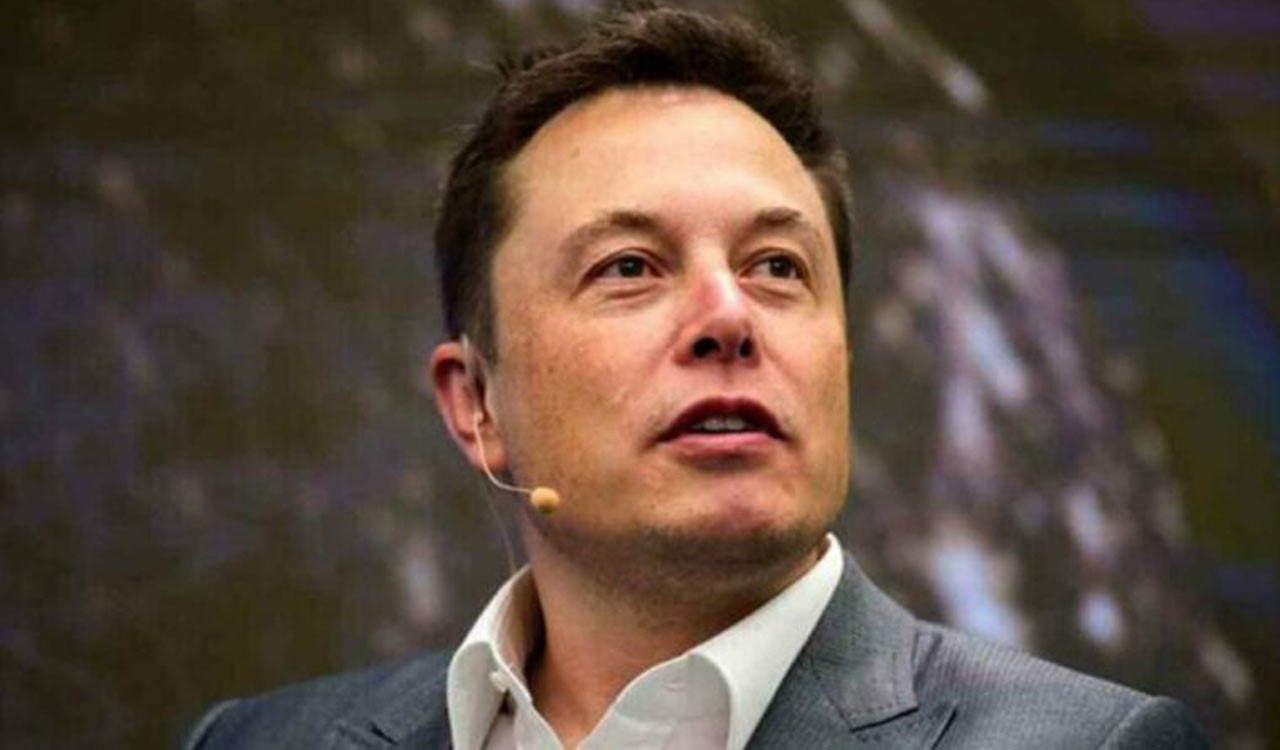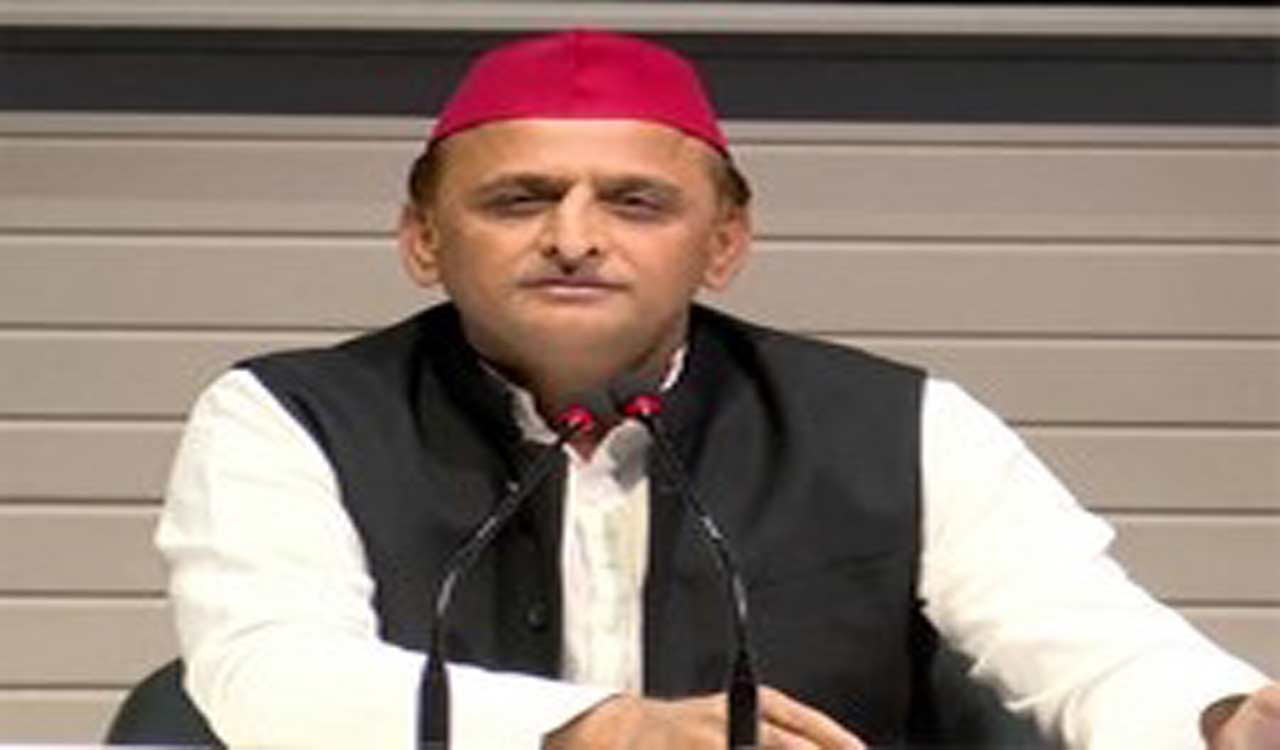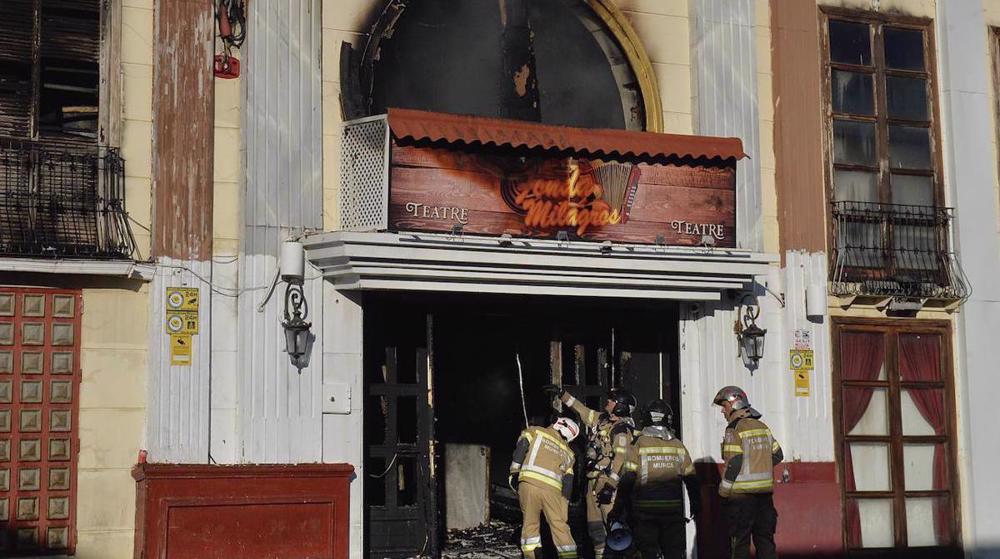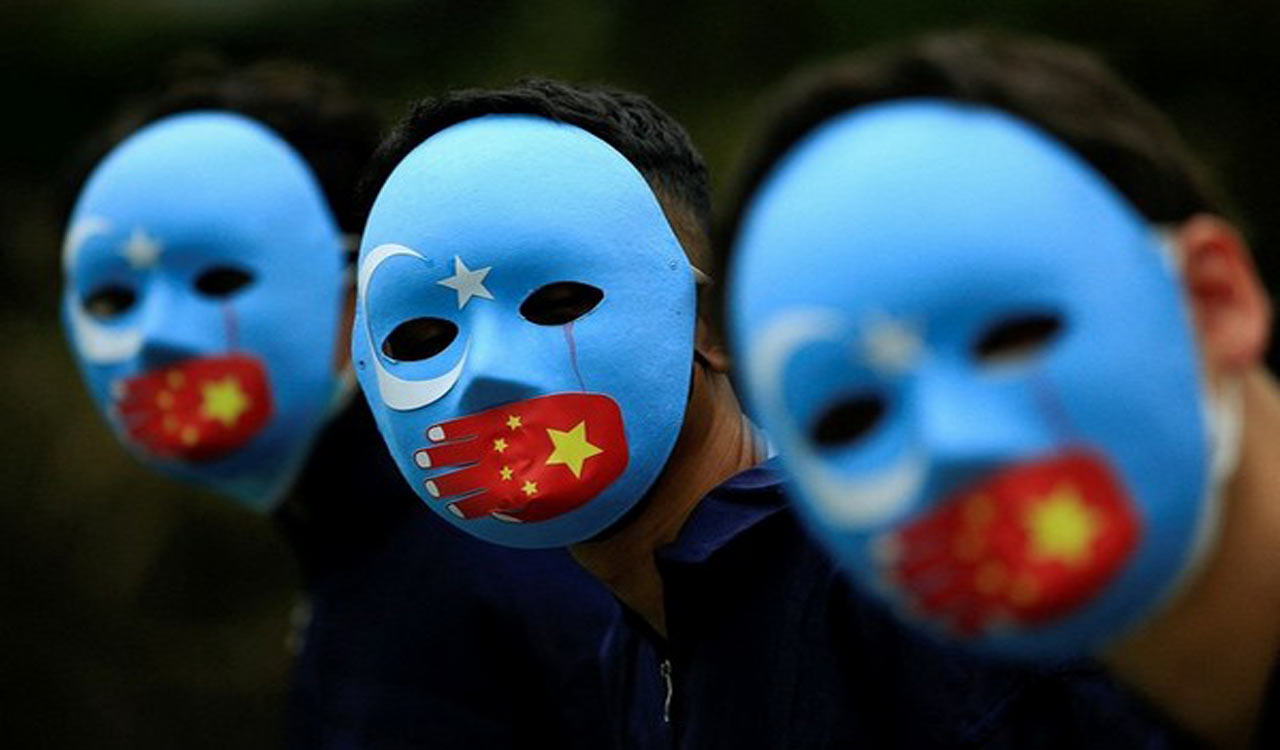
New Delhi:
A suspected ISIS terrorist, who was on the most wanted list of the National Investigation Agency (NIA), has been arrested in Delhi during a big crackdown by the anti-terror agency.
Shahnawaz alias Shafi Uzzama was arrested by the special cell of Delhi Police from a hideout in the national capital. The Delhi Police special cell is among several agencies working with the NIA to crack down on terror networks across several states.
Shahnawaz, an engineer by profession, was wanted in the ISIS Pune module case. According to sources, Shahnawaz is originally from Delhi. He had earlier been arrested in Pune, but managed to escape. He then fled to Delhi and had been living in a hideout since. He is now being questioned.
Earlier this month, the NIA had announced a cash reward of Rs 3 lakh each for information about Shahnawaz and three other terror suspects — Rizwan Abdul Haji Ali, Abdulla Faiyaz Shaikh alias Diaperwala and Talha Liyakat Khan.
It is alleged that the four were linked to a module of terror outfit ISIS at Pune in Maharashtra.
The anti-terror agency had last month arrested several persons for allegedly promoting ISIS activities in Pune. The Pune module of ISIS had plans to disrupt peace and communal harmony in the country, an agency official had told news agency PTI.
At the home of one of the arrested accused, Shamil Saquib Nachan, the NIA had found incriminating material that exposed the ISIS conspiracy, he had added. Nachan and others had plans to trigger violence across the country by fabricating and setting off improvised explosive devices, the anti-terror agency had said.
The NIA had said the accused were all members of the ISIS sleeper module. “They had plans to wage a war against the Government of India in furtherance of the ISIS agenda to spread terror and violence with the goal of establishing an Islamic State in the country,” the agency had said.





















